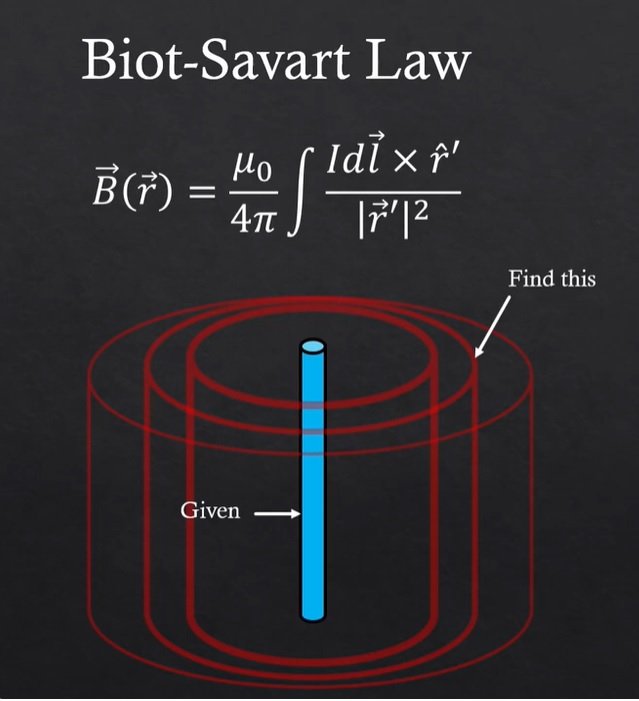Introduction:
The Biot-Savart law is one of the fundamental laws in electromagnetism. It is named after Jean-Baptiste Biot and Félix Savart, who discovered the relationship between the current flowing in a wire and the magnetic field it produces. This law is used to calculate the magnetic field produced by a current-carrying wire at any point in space. In this article, we will discuss the Biot-Savart law and its applications.
Biot-Savart Law: The Biot-Savart law states that the magnetic field B at a point in space due to a current-carrying wire is directly proportional to the current I in the wire, the length of the wire element dl, the sine of the angle between the wire element and the line joining the point to the element, and inversely proportional to the square of the distance r between the point and the element.
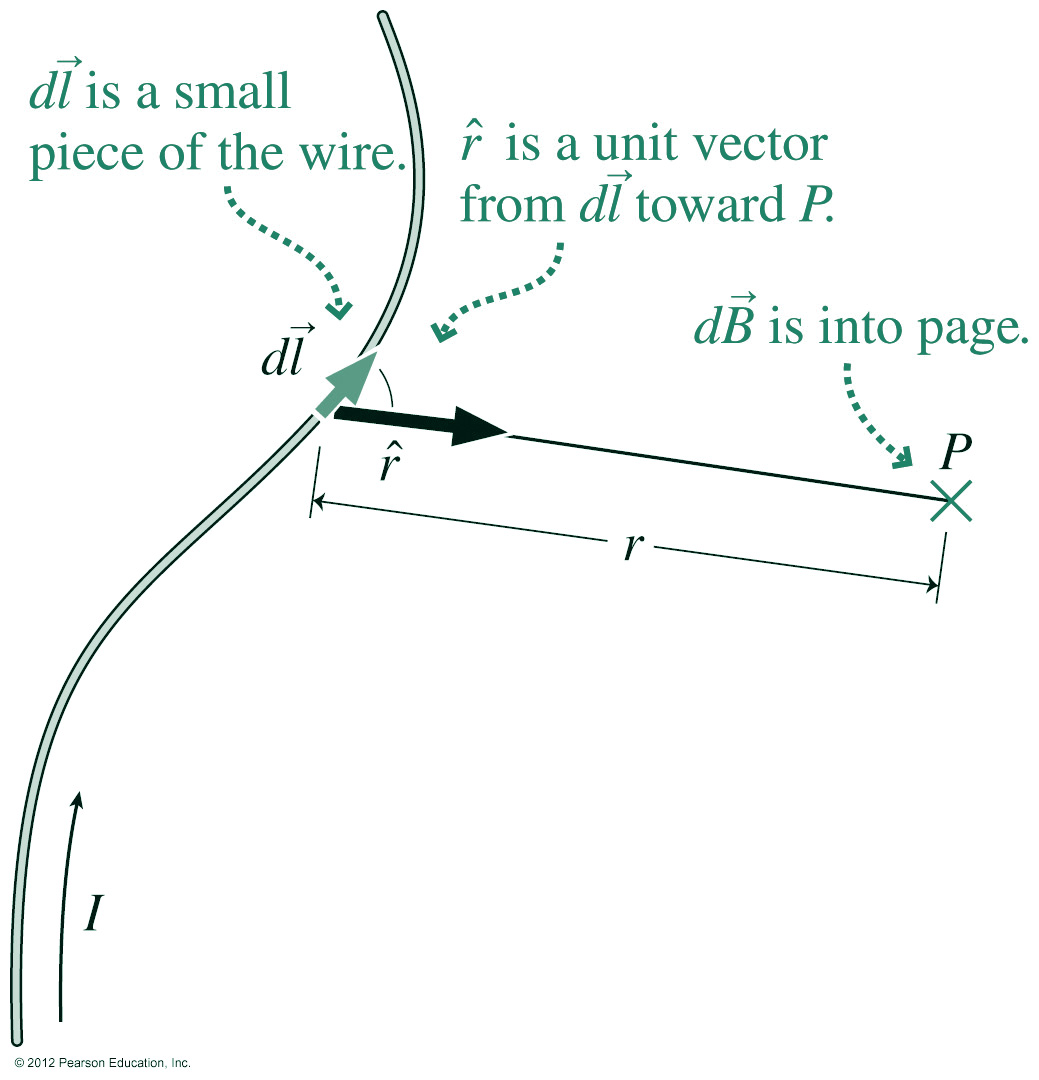
The mathematical expression of the Biot-Savart law is given as
where dB is the magnetic field at a point due to a small length element dl of a current-carrying wire, I is the current flowing through the wire, r is the distance between the point and the element dl, and μ0 is the permeability of free space, which has a value of 4π × 10^-7 Tm/A.
The total magnetic field at a given point due to a current-carrying conductor can be obtained by integrating the above expression and it is given as
Applications of Biot-Savart Law:
1. Magnetic Field of a Straight Wire:
The Biot-Savart law can be used to calculate the magnetic field at any point in space due to a straight current-carrying wire. Let us consider a wire carrying a current I and a point P at a distance r from the wire. We can divide the wire into small segments of length dl, and using the Biot-Savart law, we can calculate the magnetic field dB produced by each segment at point P. The total magnetic field at point P is obtained by integrating the magnetic field due to all the segments of the wire.
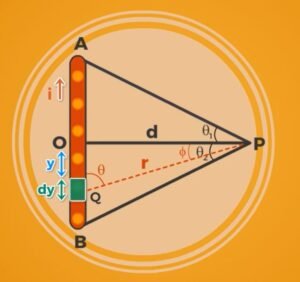
From the figure, dl= a sec2 and r = a /cos, substituting in above expression and evaluating the integration from limits –1 to 2
B=
2. Magnetic Field of a Circular Loop:
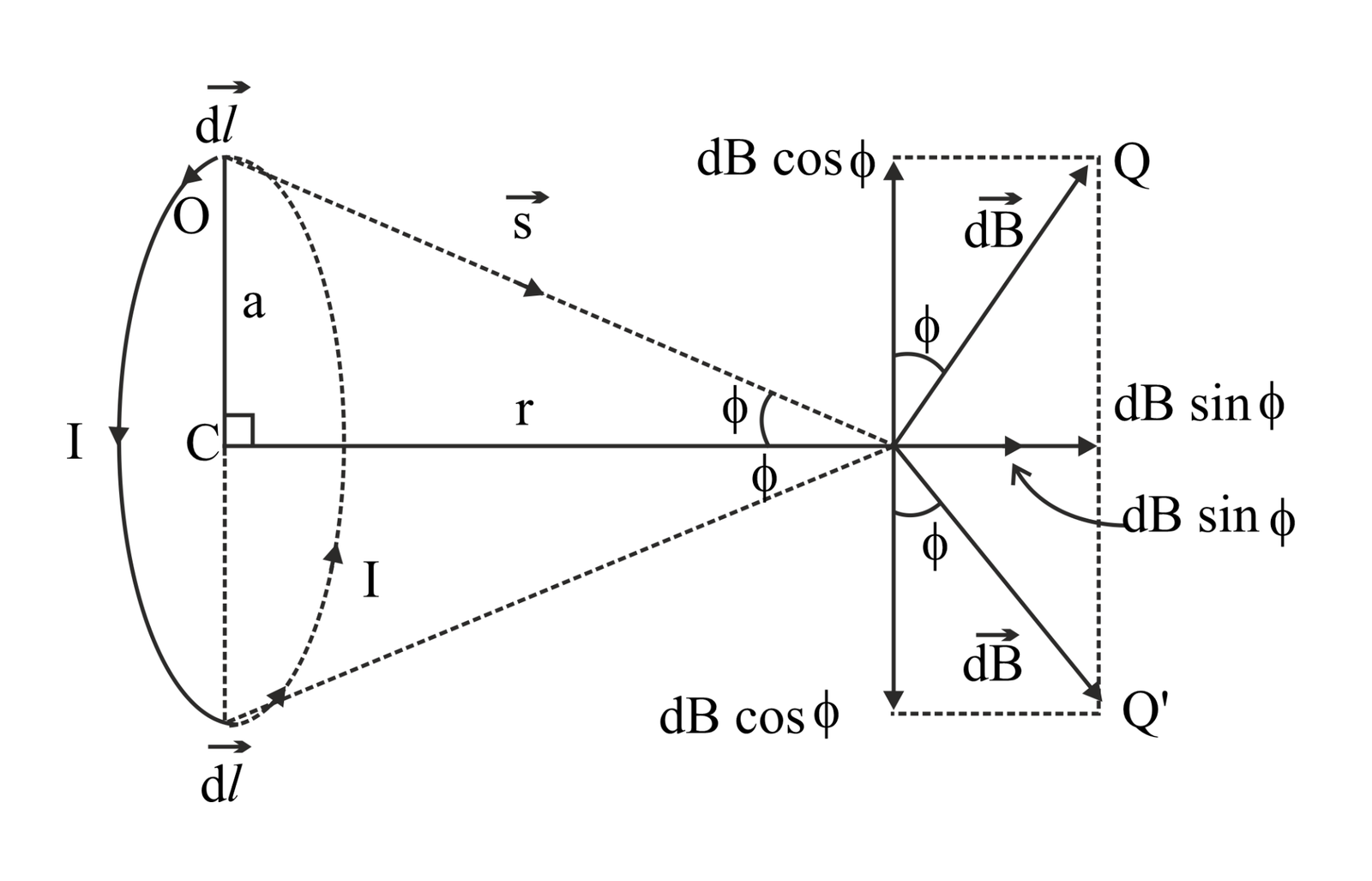
The Biot-Savart law can also be used to calculate the magnetic field at the center of a circular loop carrying a current. If the radius of the loop is R and the current flowing through the loop is I, the magnetic field at the center of the loop can be calculated using the Biot-Savart law. The direction of the magnetic field at the center of the loop is perpendicular to the plane of the loop.
3. Magnetic Field of a Solenoid:
A solenoid is a long coil of wire wrapped tightly around a cylindrical core. The Biot-Savart law can be used to calculate the magnetic field at any point inside or outside the solenoid due to the current flowing through the wire. The magnetic field inside the solenoid is uniform, and the direction of the magnetic field is parallel to the axis of the solenoid.
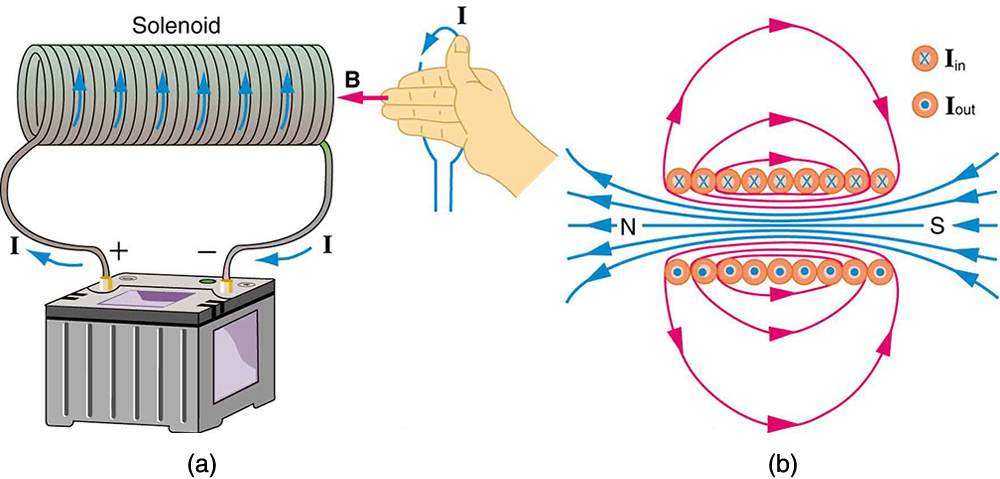
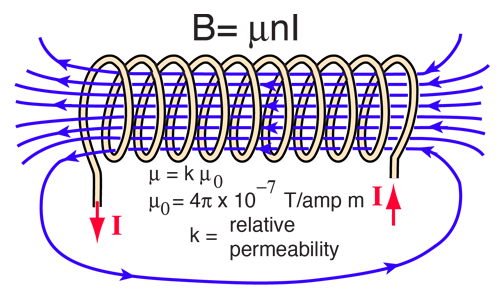
4. Magnetic Field of a Toroid:
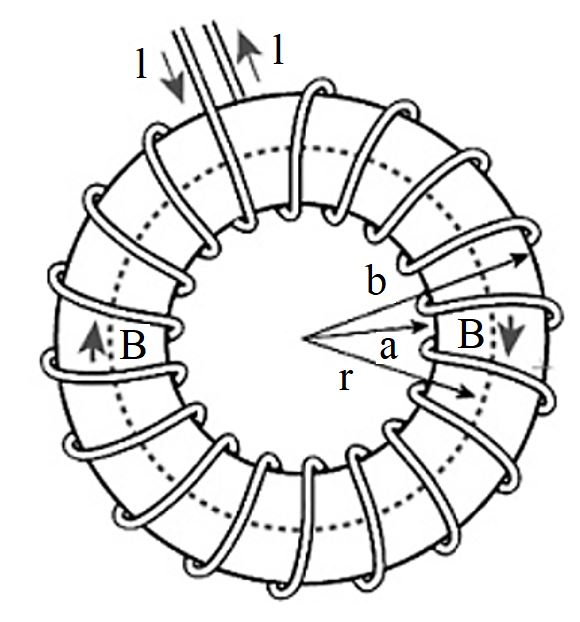
A toroid is a donut-shaped object made of magnetic material with a coil of wire wrapped around it. The Biot-Savart law can be used to calculate the magnetic field at any point inside or outside the toroid due to the current flowing through the wire. The magnetic field inside the toroid is uniform, and the direction of the magnetic field is circular., where N is the number of turns, r is the radius of the toroid
Recommended Articles:
Beta Decay: Introduction, Types, and Theory
Betatron: Definition, Work, Oscillation, Applications and Limitations
Biconvex Lens: Definition, Formula, Properties & Applications
Biodegradable And Non Biodegradable Polymers
Advantages & Disadvantages of Biogas Energy
Coulomb’s law which is given by and Biot Savart’s law is used to compute Magnetic field intensity, Magnetic flux density, and permeability. The magnetic field due to a finite element of height h is given as Given is I=2A and h=1/2 Therefore, =1 A/m Ans. The magnetic field at the center due to a circular conductor of radius r is given by Given, r = 2m and I = 8A, Therefore, = 2 A/m Biot Savart’s Law FAQs
Biot Savart’s law in a magnetic field is analogous to which law in an electric field?
Biot Savart’s law is used to compute what?
Find the magnetic field of a finite element having the height of h=1/2and carrying a current of 2A?
Calculate the magnetic field at the center of a circular conductor of radius 2m and carrying a current of 8A?
